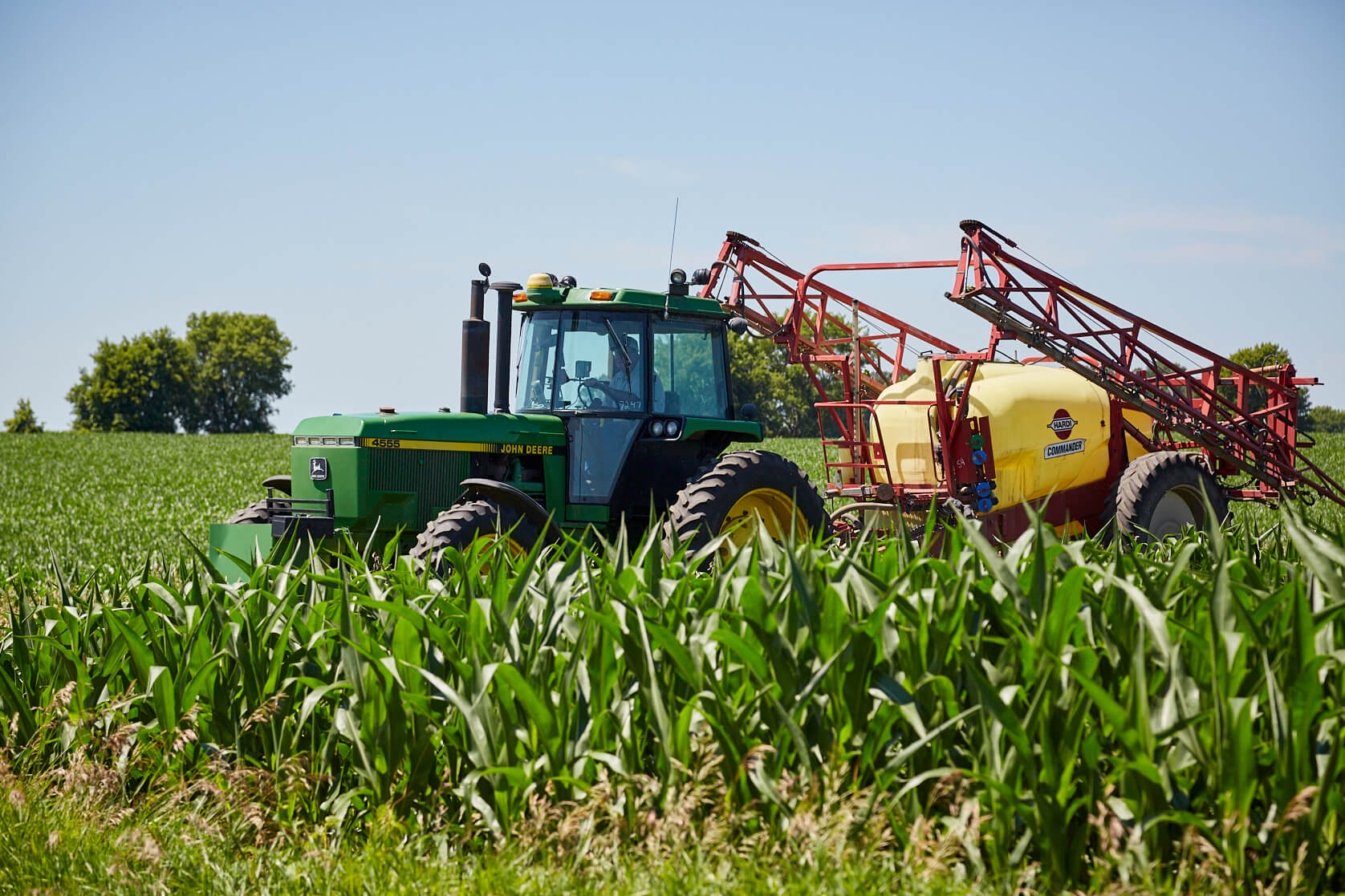 Reading Time: 2 minutes
Reading Time: 2 minutesThe 2017 Innovation Grant Program is well underway, with the Minnesota Corn Growers Association (MCGA) investing more than $250,000 in 23 farmer-led projects focused on conservation. Throughout the summer and fall we have been highlighting ongoing projects focused on how to better manage nitrogen and protect water quality. You can apply to the 2018 Innovation Grant Program here.
As an Innovation Grant recipient, Matt Wiebers is working with farmers to find the optimal nitrogen rate on their farms through trials that not only provide actionable information, but also evidence that each operation varies in its nitrogen needs.
Taking advantage of precision ag technology, Wiebers is leading trials at three different farm operations where he is testing six different nitrogen rates on each. The trials will provide valid data on nitrogen rates that leads to a more efficient operation—something farmers have craved for years, according to Wiebers.
“As far back as 10 or 15 years, farmers have been hearing about big data and its impact, but where we have fallen short is being able to analyze that data to make actionable decisions,” he said.
Beyond identifying ideal rates for his participating farmers, Wiebers also set out to show how nitrogen rate needs vary on each farm.
Wiebers worked with farmers to plant six different rates of nitrogen on six plots and replicated that on three farm operations. Applied through precision ag technology in May, Wiebers came back to each farm during harvest to take soil samples.
The overall question he will be looking to answer is where that nitrogen went on each plot, whether that is to the crop or through the soil. Wiebers will analyze nitrate concentration in the soil at the root zone and below it, as well as yield data and other factors. If soil samples reveal nitrates have gone below the root zone, the rate is both an environmental and efficiency concern since it is no longer available to the crop.
Taking data from soil samples and yield numbers will identify the economically optimal nitrogen rate on each farm. Presumably this rate will vary between the three operations, providing evidence against blanket-approach nitrogen management philosophies. It will also provide the actionable data farmers have needed to run an environmentally responsible, efficient farm.

